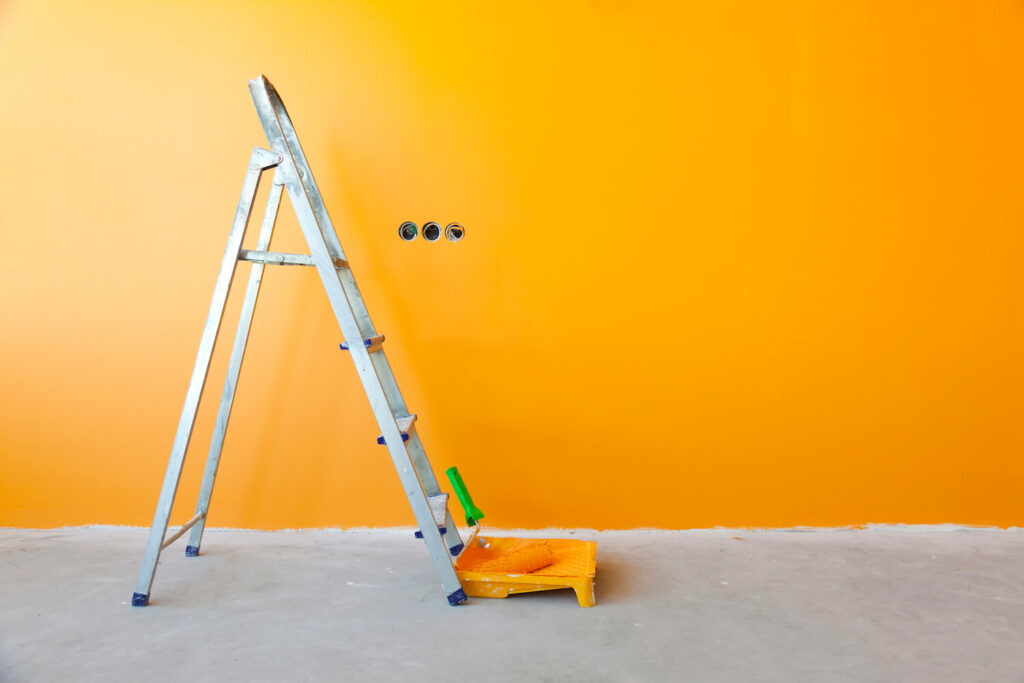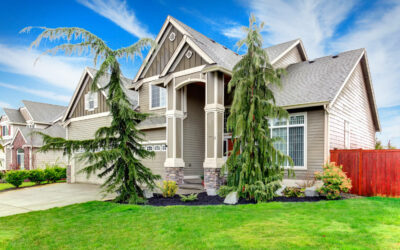 For many people, real estate is an asset – something that generates a stream of income, like dividend stocks in a profitable company. However, it’s also like a business. It requires keeping a careful eye on income and expenses to make it profitable.
For many people, real estate is an asset – something that generates a stream of income, like dividend stocks in a profitable company. However, it’s also like a business. It requires keeping a careful eye on income and expenses to make it profitable.
As such, many people want to know the answer to the question: is interior painting a capital improvement? If the answer is “yes,” it means lower tax bills. If “no”, it means lower gross income. Let’s find out what the rules say below.
What is a capital improvement?
A capital improvement is any expenditure that does the following to a property:
- Increases its value
- Adapts it to new uses
- Prolongs its life
Therefore, landlords and businesses spend capital on their real estate regularly. It helps to improve their functionality and counteracts depreciation. Accountants call these improvements capital expenditure or “CAPEX.” Invested money goes back into the business, improving its ability to provide services. Capital improvement can take many forms, but according to IRS rules, it is any improvement designed to be permanent. Good examples of CAPEX include:
- Improving the exterior of a property
- Installing an HVAC system in an office
- Adding built-in appliances
- Fixing siding to the exterior walls
- Installing storm windows and drains
- Adding fixed structures, such as pools and driveways
The IRS says there is a difference between capital improvements and capital replacements due to wear and tear. For example, replacing leaky pipes with identical pipe material is a capital replacement, not an improvement. The property remains the same as before.
However, adding a new solar panel array to the home roof of a permanent structure does count as a capital improvement. That’s because the building has something it didn’t have before.
Is interior paint a capital expenditure?
The IRS rules on painting can be confusing when you first discover them. But, logically, they make sense. By itself, painting a building’s exterior is a deductible repair expense. That’s because repainting an existing feature is not an improvement in the eyes of the tax authority.
However, if painting is part of a larger renovation project that improves the building, or if the building is not painted already, it constitutes a capital improvement. That’s because it is improving the building’s overall structure.
These rules mean business owners can capitalize and depreciate it as the same property class they restored.
Does capital expenditure affect capital gains?
The IRS says capital expenses increase the “cost basis” of a property. Expenses incurred while making improvements add to the total the owner pays to buy and build the property. Therefore, augmenting the cost basis reduces the size of the capital gain upon the sale of the property.
Note, though, that the rules around this aspect of property improvement vary by region. New York, for instance, has laws that let landlords raise rents by more than 6 percent per year to recoup capital expenses on their buildings. According to these, various improvements, including painting from scratch, contribute to improved income.
Read Other Blog Posts
The Dos and Don’ts of Choosing Paint Colors for Your Home
Selecting paint colors for...
House Budgeting Brilliance: A Guide to Estimating Interior Painting Costs
Painting your home's interior...
The Painters Color Clock: How Often Should You Get Your Walls Painted?
The walls of our homes serve...
How Color Consultations Contribute to a Cohesive Home Design
Designing a home involves a...
How to Estimate Exterior Painting Costs: A Guide for Homeowners
Giving your home a fresh coat...
Cabinet Resurfacing vs. Painting: Which is Right for You?
Updating your kitchen can...






